In Brazilian Jiu-Jitsu, facing an unorthodox position like the inverted guard can be overwhelming, especially for newer practitioners or those more familiar with traditional passing sequences. The inverted guard flips the script, quite literally, and demands a different set of reactions compared to more conventional positions. While it may look uncomfortable or even downright weird at first glance, the inverted guard is a legit and effective part of modern grappling. If you want to pass efficiently and stay safe, it’s essential to understand what the inverted guard is, why it’s used, and how to deal with it intelligently. Today, we’ll discuss the best strategies for approaching the inverted guard.
The Importance Of The Guard In BJJ
The guard is central to Jiu-Jitsu. It allows someone in a seemingly defensive position to attack, control, and submit. Over time, the guard has evolved from the basic closed guard to more open and dynamic positions. Players today have expanded their arsenal to include variations like the De La Riva, spider guard, lasso, reverse De La Riva, and the inverted guard. These innovations have reshaped the way grapplers think about offense from the bottom. The modern guard is no longer just a defensive position but a launching pad for offense, transitions, and dynamic movement.
The Inverted Guard
The inverted guard is one of the more advanced developments in the evolution of the bottom game. It involves rotating the body upside down so that the legs and hips are elevated while the shoulders or upper back remain on the mat. From this position, the guard player may attempt to retain guard, initiate attacks like triangles or leg locks, or set up sweeps and back takes. The inversion itself acts as a defensive tool to counter forward pressure while opening new offensive pathways. Grapplers with high flexibility and strong core strength often favor this position, as it requires comfort in an inverted state and the ability to generate movement from unfamiliar angles.
Benefits Of The Inverted Guard
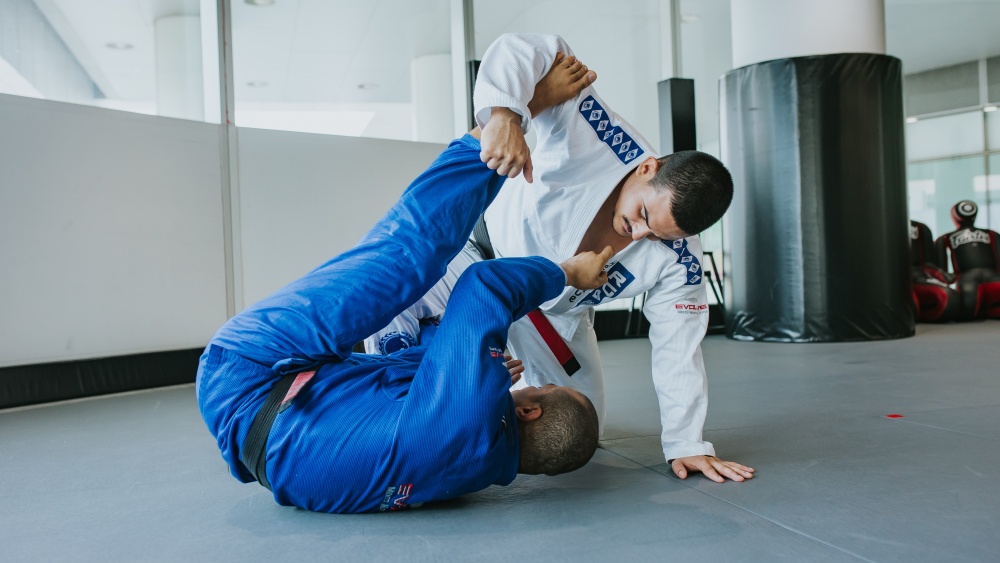
Inverting from the bottom disrupts pressure, opens up sweeps and back takes, and resets the guard, giving you control through unpredictability and movement.
For the bottom player, inverting provides a number of strategic advantages. First, it disrupts the passer’s balance and angles, making it harder to apply traditional guard passes. Second, it offers protection against direct pressure by redirecting force away from the core and toward the shoulders. Third, it creates opportunities for quick transitions into sweeps, back takes, or leg entanglements. The movement can be sudden and unpredictable, catching the passer off guard and forcing them to react to unfamiliar threats. The inverted guard also resets engagements, giving the bottom player a way to escape tight situations and re-establish their guard with greater freedom.
Inverted Guard From The Passer’s Perspective
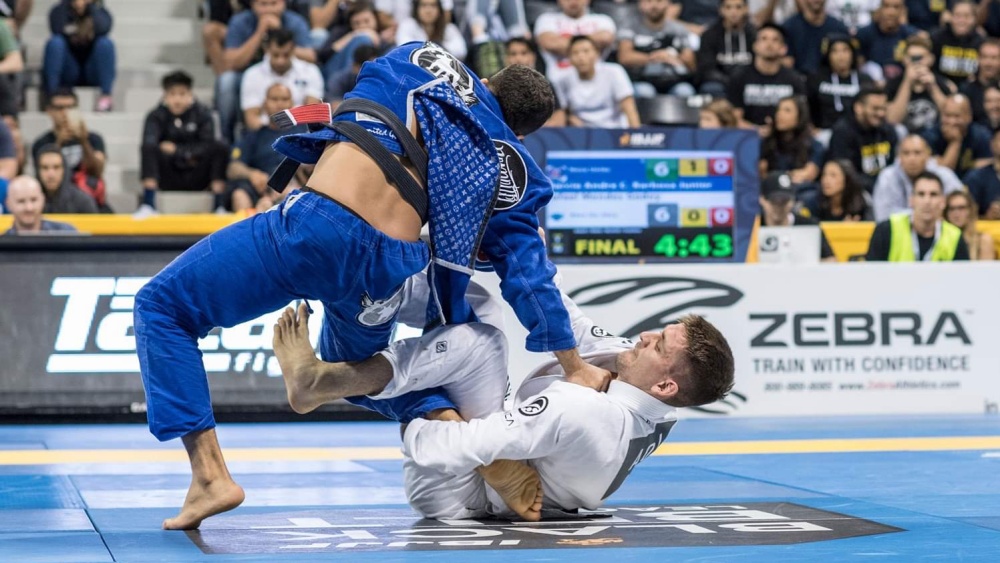
Inverted guard poses awkward angles and hidden threats for passers, but with strong posture and awareness, it can be countered and controlled.
From the point of view of the guard passer, the inverted guard can be both frustrating and dangerous. The angles are awkward, and the traditional goals of controlling the hips and flattening the opponent become harder to achieve. The inversion introduces threats that come from below or behind your base, and unless you’ve trained against it, you may not see the attacks coming until it’s too late. Inverted guards can lead to entries like berimbolo sequences, leg locks, or rapid transitions to the back. That said, the position is not invincible. With good posture, balance, and awareness, a passer can dismantle the inverted guard and reassert control.
Common Reactions To The Opponent’s Inverted Guard
There are several effective responses to an opponent who chooses to invert, from restricting their movement to executing a leg drag or even taking the back. But for simplicity’s sake, we will cover two straightforward options in this article.
1) Restricting Their Movements
One of the most common ways to deal with this is to restrict your opponent’s movement and counter their attempts before they gain momentum. Let’s take a look at how Gordon “The King” Ryan, one of BJJ’s greatest competitors, counters the inverted half guard in the video above.
2) Leg Drag Pass
By limiting space and staying heavy, the passer can freeze the bottom player’s motion and force them back into a more neutral position. The second response is to pass the guard as the inversion is happening. Timing is crucial. If the passer recognizes the beginning of the inversion, they can use techniques like the Toreando Pass or leg drag to bypass the legs before they reconfigure into a new structure.
Another possibility is to use the inversion against the bottom player by transitioning to a back take. If the inverted player exposes their hips or fails to maintain defensive frames, the passer can latch onto the far side and work behind them, securing the back and establishing dominant position.
Anticipating The Inversion While Passing The Guard

Like many strategies, one of the most effective is prevention. As the saying goes, prevention is better than cure. Spotting the signs of the inverted half guard early can often help you stay one step ahead.
One of the most effective ways to deal with the inverted guard is to prevent it before it happens. Recognizing the signs that an opponent is preparing to invert can save you from falling into an unfamiliar or dangerous exchange.
Often, you’ll notice them scooting under your base, framing on your ankles or shins, or beginning to roll their hips overhead. These are cues that an inversion is coming. To stop it, maintain a strong grip on their pants, belt, or hips. Apply pressure in a way that blocks their ability to lift their legs or rotate their body. Always keep your posture engaged and avoid leaning too far forward, as this can lead to being swept or pulled into leg entanglements.
Other Considerations
Not all grapplers use inversion in the same way. Some invert to attack, while others do it to defend or stall. Your approach should depend on their intent. If they are inverting just to create distance, you may not need to engage aggressively. However, if they are actively hunting for berimbolos or leg locks, you must treat the position with urgency.
Additionally, not all body types favor inversion. Flexible and lighter athletes use it more often, while heavier grapplers may struggle with it or use it more selectively. Regardless of who you are facing, it’s critical to respect the potential threats that come from the inversion and respond with calculated control. Especially in no-gi or submission-only formats, the inverted guard often leads to dangerous leg lock entries. A passer must manage distance and be ready to defend with both movement and framing.
Conclusion
The inverted guard is no longer a novelty in modern BJJ. It’s a tactical and strategic tool that has been embraced by many high-level athletes for its versatility and surprise factor. As a guard passer, it’s important to understand the goals and dangers of the inverted guard. By focusing on posture, timing, and calculated movement, you can face the inverted guard with confidence.
You may also like:
Understanding The Different Types Of Body Lock Passes In Brazilian Jiu-Jitsu
BJJ is known for its complex ground game, but every match begins on the feet. Whether you’re competing in the Gi or No-Gi, your ability to control and pass the guard sets the tone for…
Recently, many Brazilian Jiu-Jitsu grappling stars have made the move to showcase their talent on the ONE Championship global stage. One of the most exciting new acquisitions is Diogo Reis, joining the ranks of Marcelo…
Getting stuck in side control is something many Brazilian Jiu-Jitsu beginners have in common. The bridge and roll is often the first reversal BJJ students learn, followed by basic bottom guard sweeps like the scissor…
In the ever-evolving world of BJJ, there has been a noticeable shift in how practitioners approach the ground game. Many practitioners now emphasize their leg lock game, which is now considered a must-learn across all…
Fear is a natural part of competition, especially in combat sports like Brazilian Jiu-Jitsu (BJJ), Muay Thai, boxing, and mixed martial arts (MMA). Whether you’re a first-time white belt entering your local tournament or a…
Brazilian Jiu-Jitsu is a martial art that offers many ways to finish a match. A common yet practical way to do this is to attack the opponent’s arm with a variety of arm locks. In…
Kazakhstan is home to famous boxing and fighting icons like Gennadiy “GGG” Golovkin and Shavkat Rakhmonov. The country is known for its rich culture and heritage, producing some of the toughest and fiercest warriors on…
Many people think ripped muscles, lightning hand and leg speed, and perfect technique are the only things you need to develop knockout power in striking-based martial arts such as Muay Thai, Boxing, and Mixed Martial…
Every Muay Thai fighter will eventually face opponents who present unique challenges based on size, style, and temperament. Two particularly difficult matchups are the smaller opponent and the aggressive opponent. Each one requires a different…
Head shots lead to some of the most amazing finishes in combat sports such as Boxing, Muay Thai, or Mixed Martial Arts, but body shots accomplish the same goal in a subtler way. A well-executed…
Boxing is a sport where fighters develop not only physical skills but also distinct personalities and philosophies in the ring. Over time, certain approaches to fighting have become so recognizable that they’re referred to as…
Your child might be getting bullied if their lunch money often ends up missing, their clothes are torn, or they’re starting to come up with creative lists of excuses to skip school. Bullying is never…


![[WATCH] Virat Kohli opens up on fondness for Chinnaswamy Stadium](https://lbsports88.com/wp-content/uploads/2025/11/watch-virat-kohli-opens-up-on-fondness-for-chinnaswamy-stadium-360x180.jpg)



![[WATCH] IND vs SA 2025: Rishabh Pant vents frustration at Kuldeep Yadav for slow over-rate warning](https://lbsports88.com/wp-content/uploads/2025/11/watch-ind-vs-sa-2025-rishabh-pant-vents-frustration-at-kuldeep-yadav-for-slow-over-rate-warning-360x180.jpg)


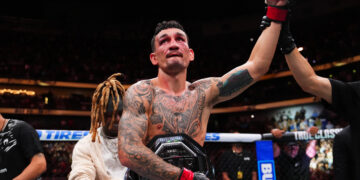

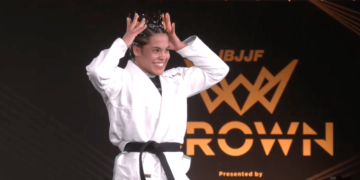

















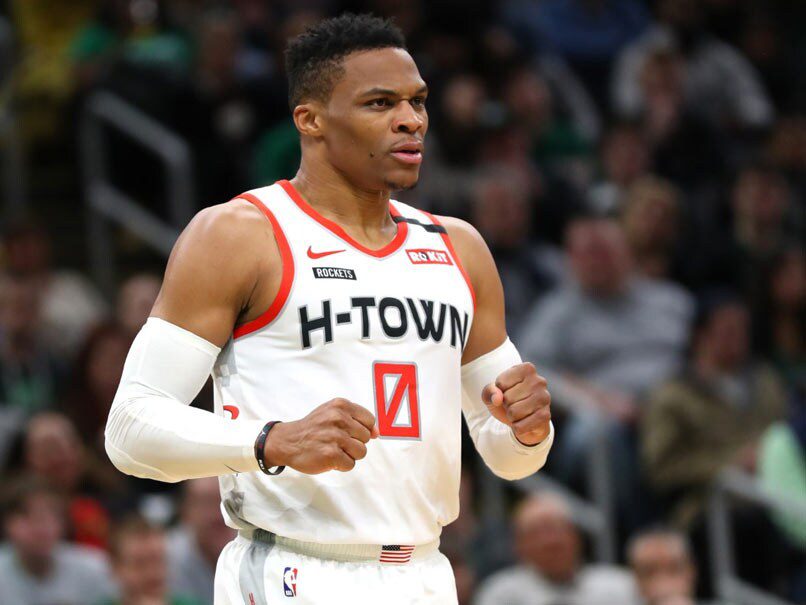

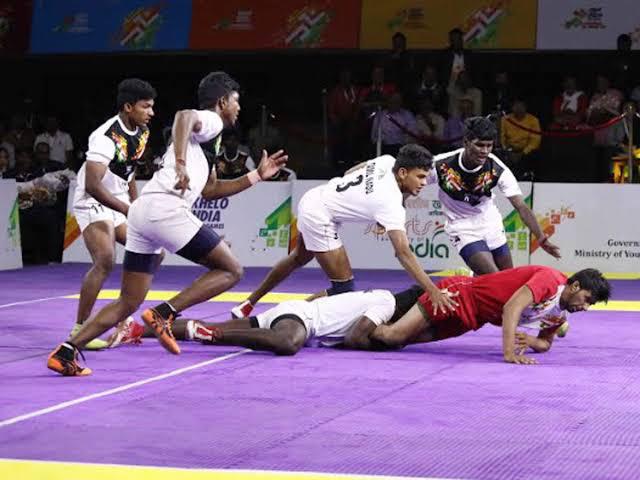
![[WATCH] Virat Kohli opens up on fondness for Chinnaswamy Stadium](https://lbsports88.com/wp-content/uploads/2025/11/watch-virat-kohli-opens-up-on-fondness-for-chinnaswamy-stadium-120x86.jpg)



![[WATCH] Virat Kohli opens up on fondness for Chinnaswamy Stadium](https://lbsports88.com/wp-content/uploads/2025/11/watch-virat-kohli-opens-up-on-fondness-for-chinnaswamy-stadium-350x250.jpg)